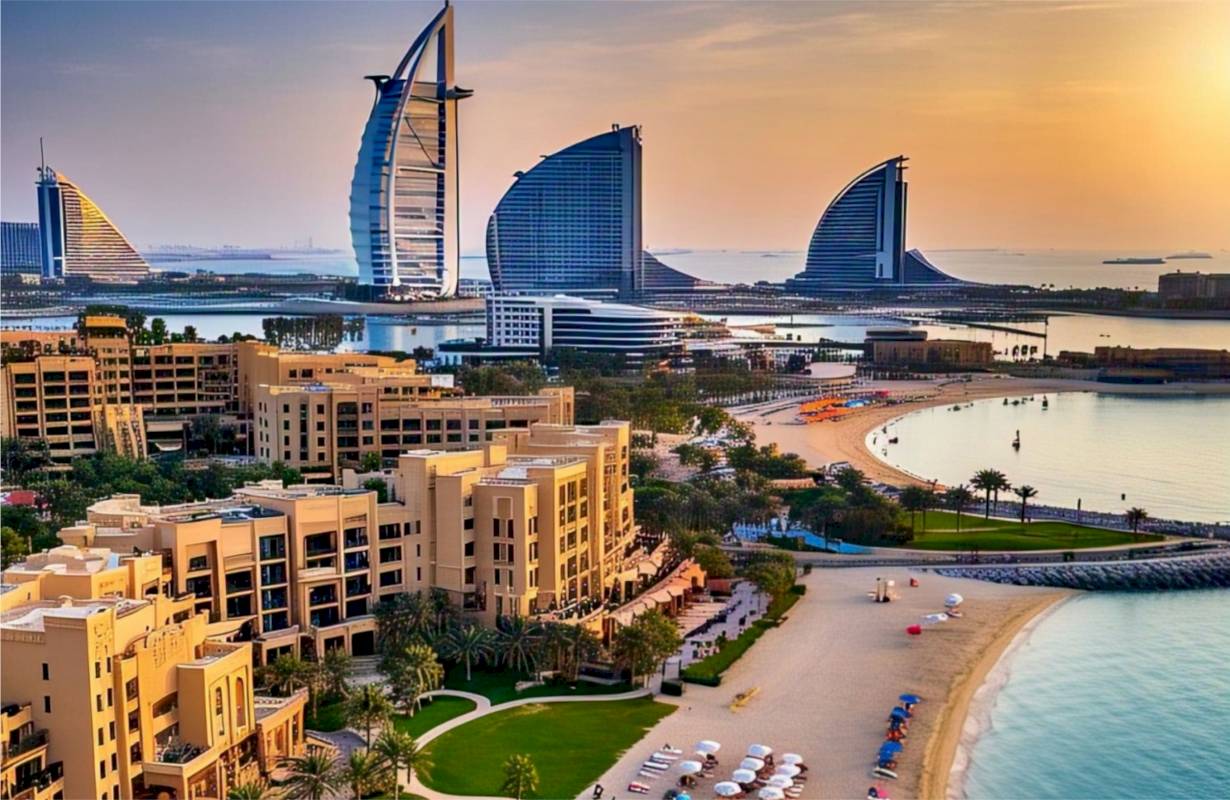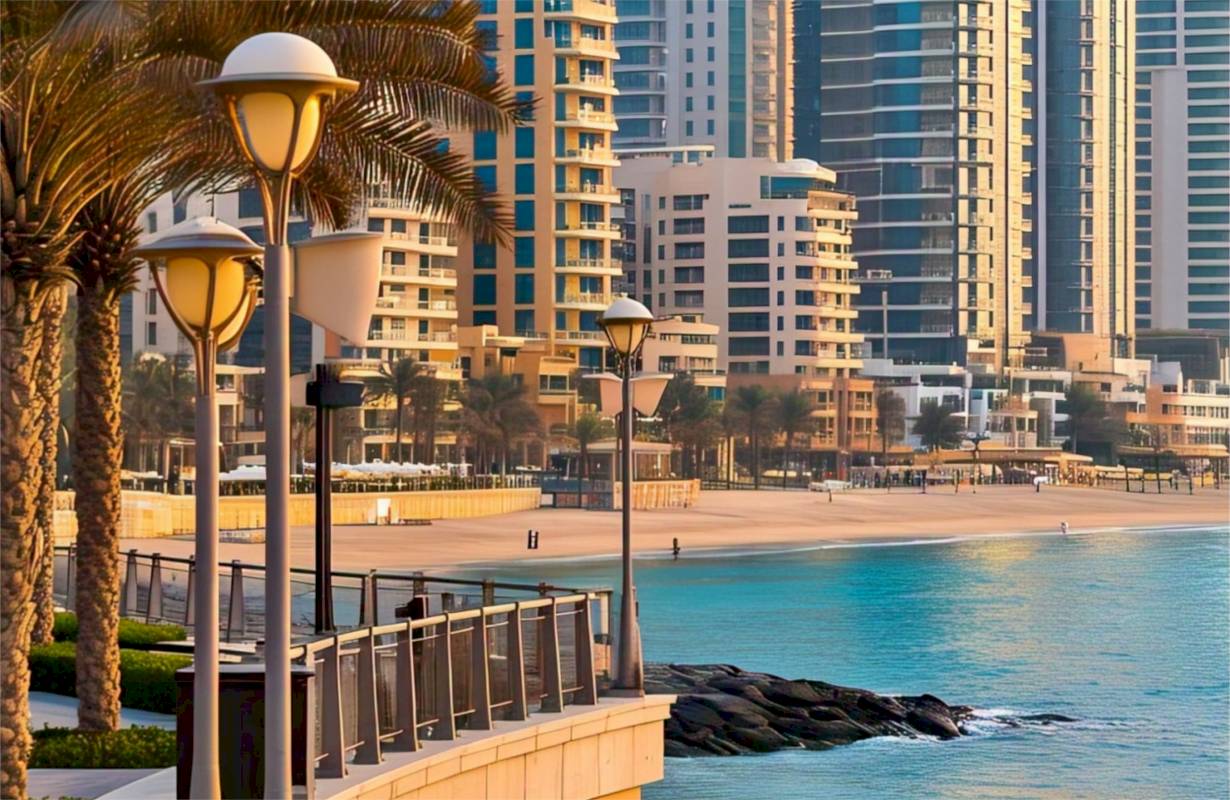How to Buy Property in Dubai
STEP BY STEP GUIDE TO BUYING REAL ESTATE IN DUBAI

STEP BY STEP GUIDE TO BUYING REAL ESTATE IN DUBAI
1. Know What You Can Afford
Start by figuring out your financial boundaries. Buyers should consider the 2% agency fee and 4% transfer fee that apply to all purchases in Dubai.
Planning to take a mortgage? Be prepared to make a minimum 25% down payment on the property’s value. You’ll also be paying interest — typically between 3% to 4%, depending on the loan term and bank.
Make sure to do a full financial breakdown, or better yet, let your agent help you build a clear budget.
2. Mortgage Buyers: Get Pre-Approved
A pre-approval strengthens your position as a serious buyer. It also confirms how much you can borrow. A bank will assess your financials and issue a pre-approval letter (usually valid for 60 days), outlining the maximum loan amount you qualify for.
3. Choose a Trusted Real Estate Agent
Work with a qualified and experienced property consultant who understands both the market and your needs. The more transparent you are about your budget and preferences early on, the quicker your agent can find the right match. Building trust here is essential — this person will guide you through the full purchase journey.
4. Start Viewing Homes
Now the exciting part begins. Your agent will shortlist communities and properties that align with your budget and goals. Set up viewings and explore a few different options to understand what fits you best.
5. Submit an Offer
Once you’ve found “the one,” make a formal offer. It’s recommended to submit your offer in writing, along with:
-
A 10% deposit cheque
-
A copy of your passport and Emirates ID (for all buyers to be named on the title deed)
6. Sign the MOU (Form F)
After the seller agrees to your offer, your agent will prepare the Memorandum of Understanding (MOU), also known as Form F. This outlines all the terms of the sale. Both parties sign the MOU, and the buyer hands over the 10% deposit cheque, which is held in trust.
7. Sales Progression Begins
If you’re financing the purchase, the bank gets involved now. The lender will conduct a property valuation, after which you’ll receive your final offer letter.
If the seller still has an active mortgage, it must be fully settled before you can apply for the NOC. After the MOU is signed, the seller should request a mortgage clearance statement from their bank — a process that might take up to two weeks.
This whole phase can take around 6 to 10 weeks, depending on the banks and paperwork involved.
8. Apply for a No Objection Certificate (NOC)
Both buyer and seller will meet at the developer’s office to apply for the NOC, which permits the sale of the property. Developers charge a fee (AED 500 to AED 5,000) for this service.
They will only issue the NOC after:
-
All service charges are cleared
-
Any property modifications made by the seller are approved
Some developers will also inspect the unit before issuing the NOC. In some cases, a refundable deposit is required from the buyer, which is returned once the new title deed is submitted to the developer and records are updated.
The NOC typically takes up to 5 working days to process.
9. Final Step: Transfer Ownership
With the NOC in hand, all parties head to the Dubai Land Department (DLD) to officially transfer ownership.
You’ll need:
-
A manager’s cheque made out to the seller for the purchase price
-
A manager’s cheque for the 4% DLD transfer fee
-
A cheque for the admin fee (not exceeding AED 4,000)
Once completed, the DLD issues a new title deed in your name. At this stage, you’ll also settle any pro-rated service charges with the seller.




